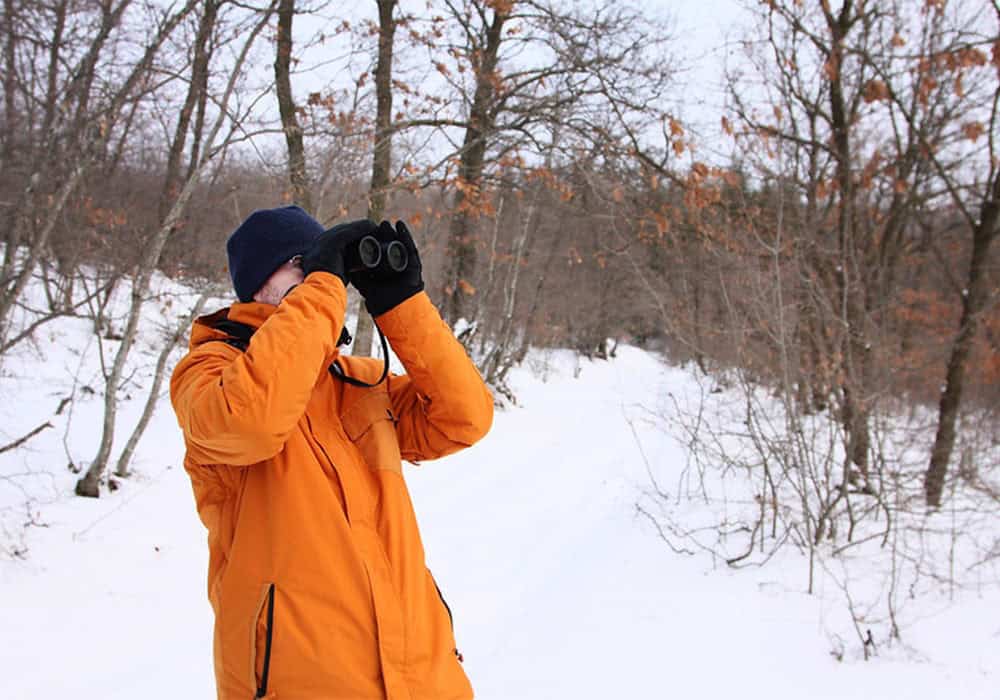The Susquehanna Greenway is full of opportunities to get outside and view wildlife right in your backyard. From wily squirrels and rabbits to our many feathered friends, there is plenty to see without venturing too far from home, and this February what you see in your backyard could help researchers.
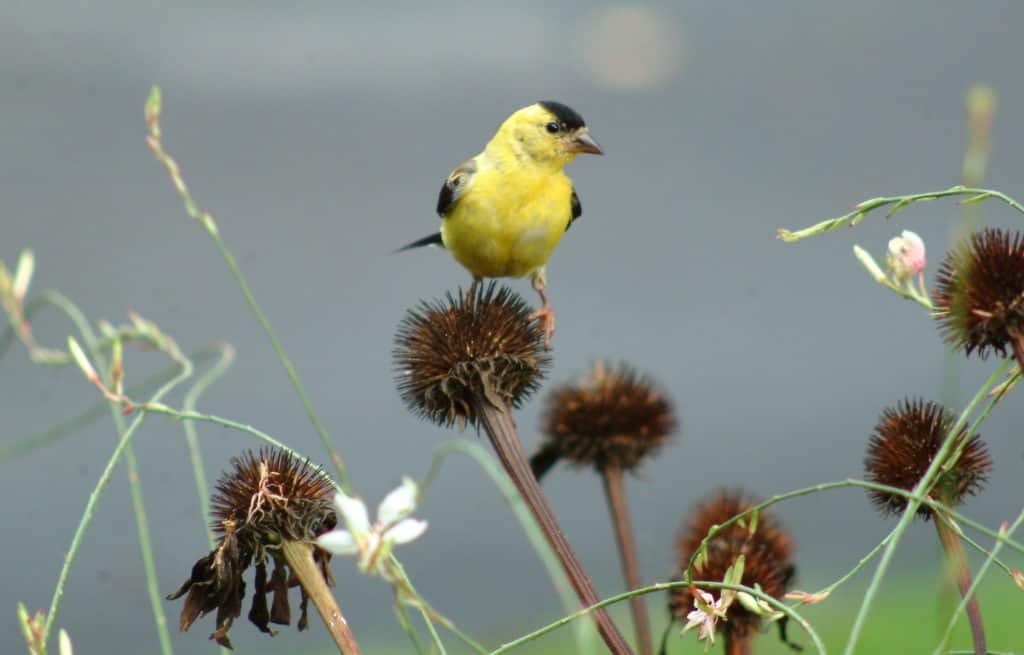
Photo by Heather Botto
Each year, mid-February marks the date for the annual Great Backyard Bird Count (GBBC). During this time, “birders” (both novice and advanced) from across the country are asked to count birds in their backyards and region and report their sightings at birdcount.org.
In preparation of the event, we’ve gathered some insights from a seasoned birdwatcher, local resident, and member of the Lycoming Audubon Society to help you participate during the GBBC!
The Birdwatcher
Jim Dunn of Williamsport has been a member of the Lycoming Audubon Society for 16 years. His interest in birding began when his son, Sean, became fascinated by the variety of birds that visited their backyard feeder. Wanting to learn more about their flying visitors, Jim bought his son a guidebook to birds and together a passion for birding was born.
“What you find is, once you know a little bit, then you start consciously thinking about it everywhere you go—on a walk, on a drive, anything you do,” noted Dunn. “You notice them. Then you start identifying them, the more knowledge you acquire, the more interested you get. This is why it’s the largest hobby in the world!”
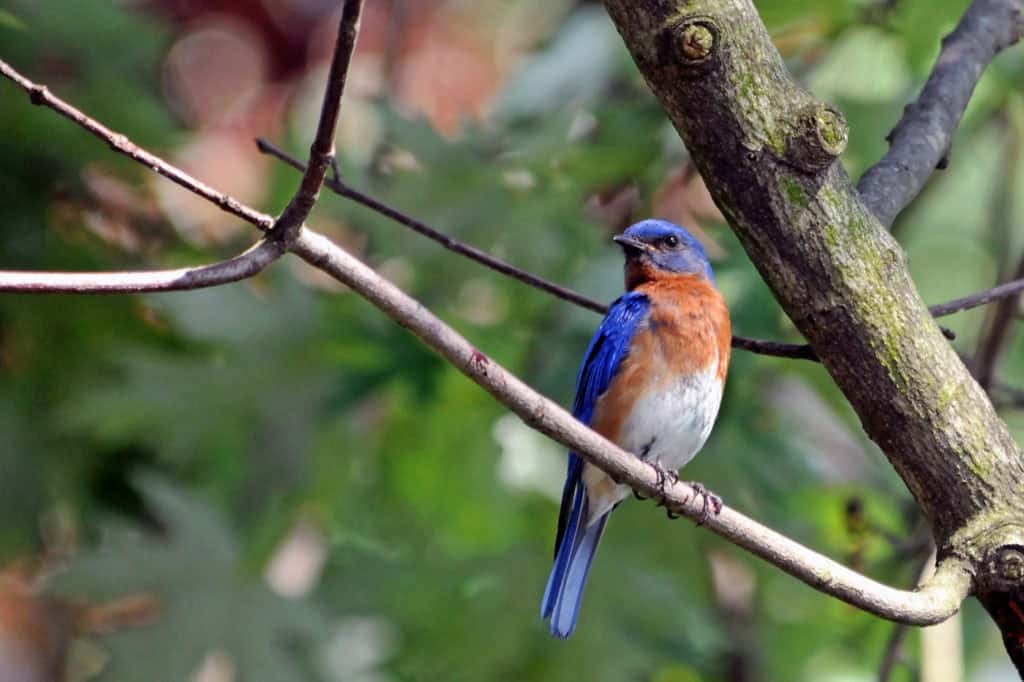
Photo by Michael Donovan
What are your tips for those just starting out?
The biggest tip when embarking on a birdwatching adventure is to stop…wait… and most importantly listen. A little patience goes a long way.
Dunn explains, “You can walk through an area back and forth and you might not see anything, but if you stop and take five minutes to just stand there, be silent, and look around, the birds will come to check you out. They get curious!.”
If you want to prepare one step further, bring along a small pack with a pair of binoculars and a field guide. There are even apps for those more electronically inclined to help with the calls and visual identification.
Ideal Conditions
Time of Year: Winter and early spring are the best times of the year for birdwatching due to the visibility enabled by the bare to budding trees. Once the trees “green-out” in May, birdwatchers have to rely heavily on sound for identification.
Time of Day: According to Dunn, the best time of day to spot birds is around 9 or 10 AM on a sunny morning, or, if you’re interested in nocturnal species, sunset is an ideal time to scope out your feathered friends.
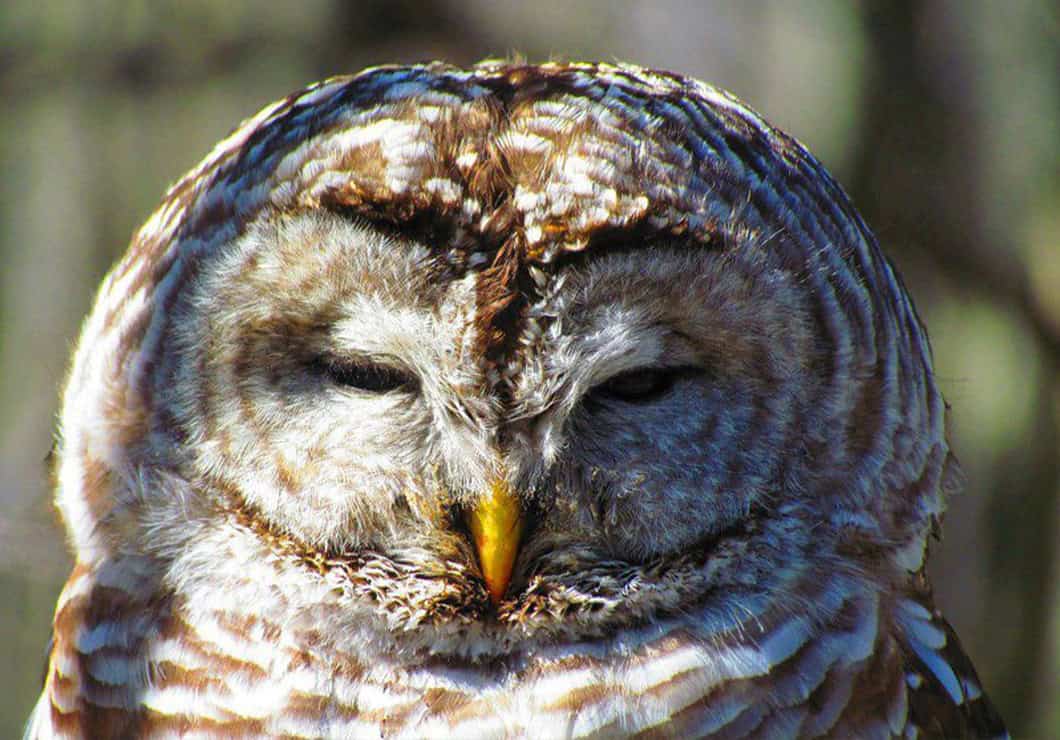
Photo by Cathie Ensminger
Ebird.org is a wonderful online resource where users can enter a location and view up-to-date information on sightings and locations.
Location: As far as location goes, Dunn explains that some of the best birdwatching areas are transitional habitats, for example, where a meadow transitions to small trees or a wetland transitions to brush. Luckily, our region within the Susquehanna Greenway has plenty of these prime environments, plus it is within the Atlantic Flyway—a major north-south flyway for migratory birds in North America.
How to Attract Them: The easiest way to attract birds is to simply set up a birdfeeder. You can also try different birdhouses to see what kinds of species your shelters attract.
Identification & Tools
There is a method to bird identification Dunn says. “You start with the shape of the bird’s silhouette, this will give you its class—for example whether it’s a little songbird, a predatory bird, a wading bird, etc.
Next, you look at its habitat. Then you can look at the plumage, or colors to help narrow down the options. And finally, if you’re deciding between two very close species, you can identify by their calls.”
For identification, Dunn highly recommends apps like the Warbler Guide, Merlin Bird ID, and AllAboutBirds.org.
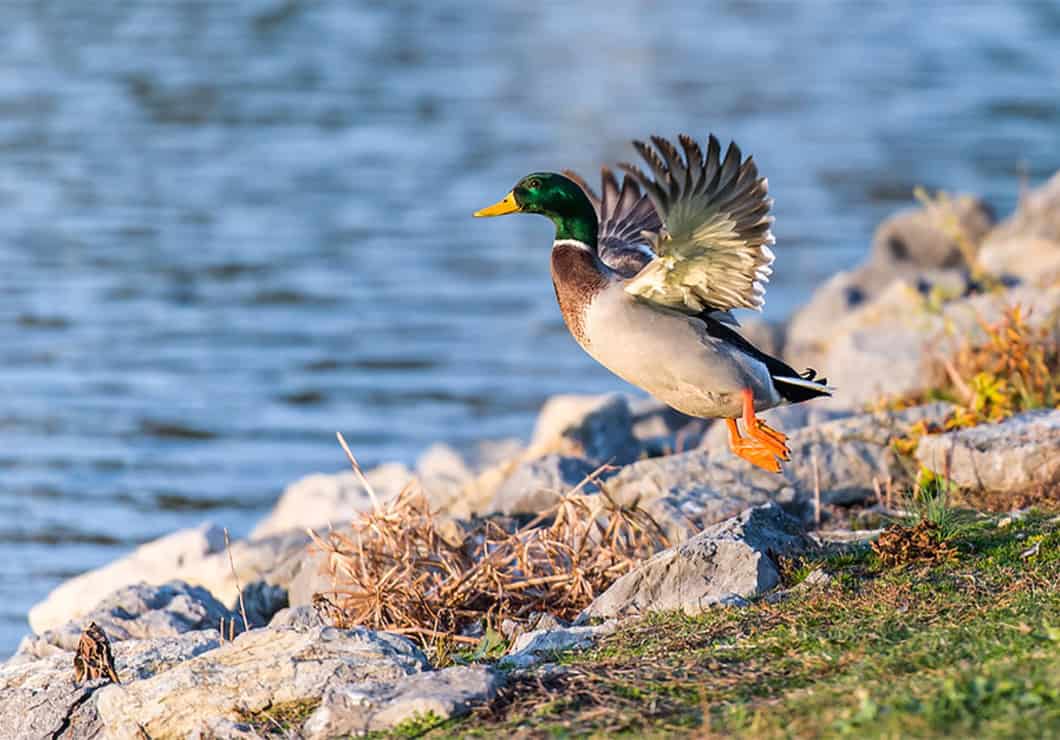
Photo by Rita Kurtz
What was your most Memorable Sighting?
While Dunn has encounters with bird species in the Susquehanna Greenway each and every day, there’s one experience that stands out as quite a memorable sighting. In the Sylvan Dell Wetlands, on what is soon to become the Robert Porter Allen Natural Area, Dunn spotted a sandhill crane.
The man for which the area is soon to be named was an American ornithologist and environmentalist from South Williamsport who achieved worldwide attention for his rescue operations of the whooping crane. Along with the sandhill crane, it is one of only two crane species found in North America.
“To see this bird at the site that is going to be preserved and honored in his name,” Dunn says, “is just a really great story to have experienced.”
Places to visit within the Susquehanna Greenway
So, grab your binoculars and guidebook and get out on the Greenway for some birdwatching this season. Whether you explore birdwatching hotspots along our Greenway trails, or keep watch in your own backyard, it’s a great activity to learn and help our native species by reporting sightings to birdcount.org during the Great Backyard Bird Count this month.
See our quick reference below for some birding hotspots in the Susquehanna Greenway, or visit ebird.org to search your county.
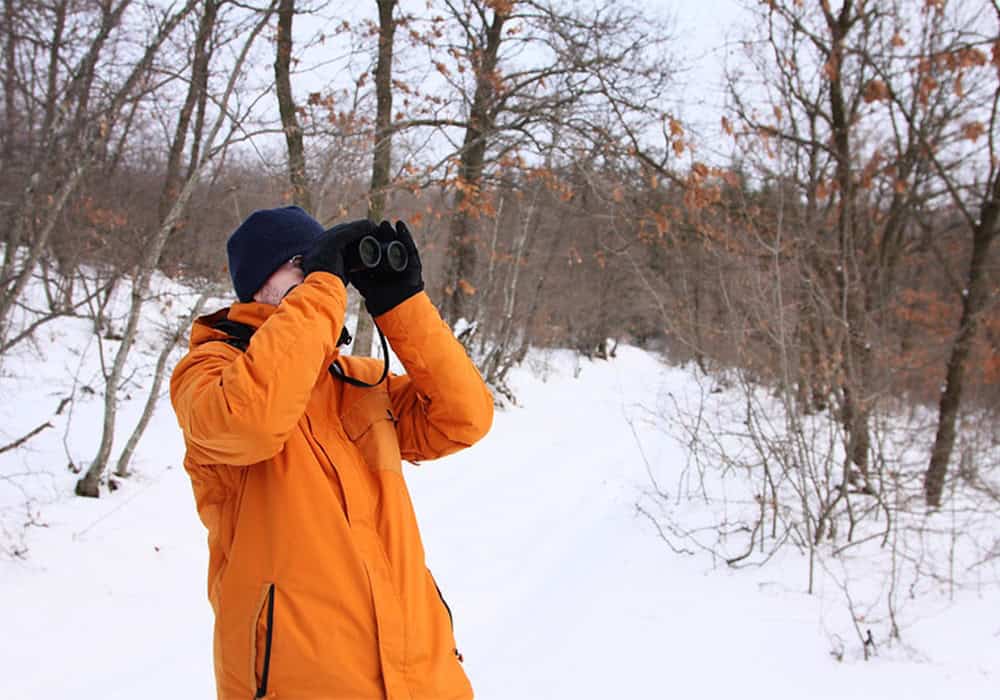
Lycoming County: Williamsport River Walk, Canfield Island, Tiadaghton State Forest, Muncy Heritage Park and Nature Trail, and South Williamsport Community Park.
Clinton County: Susquehanna Riverwalk in Lock Haven, Bald Eagle Valley Trail, Hyner View State Park.
Union County: State Game Lands 252 (Allenwood), Dale’s Ridge Trail, Buffalo Valley Rail Trail.
Snyder County: Shikellamy State Park Overlook, Fabridam Park, Isle of Que.
Northumberland County: Milton State Park, Sunbury River Front Park, Watsontown Tow Path.
Columbia County: Bloomsburg Town Park, Kocher Park, Test Track Park (Berwick).
Montour County: Montour Preserve, North Branch Canal Trail, Hess Recreation Area & J. Manley Robbins Trail, Geisinger Stewardship Forest.


